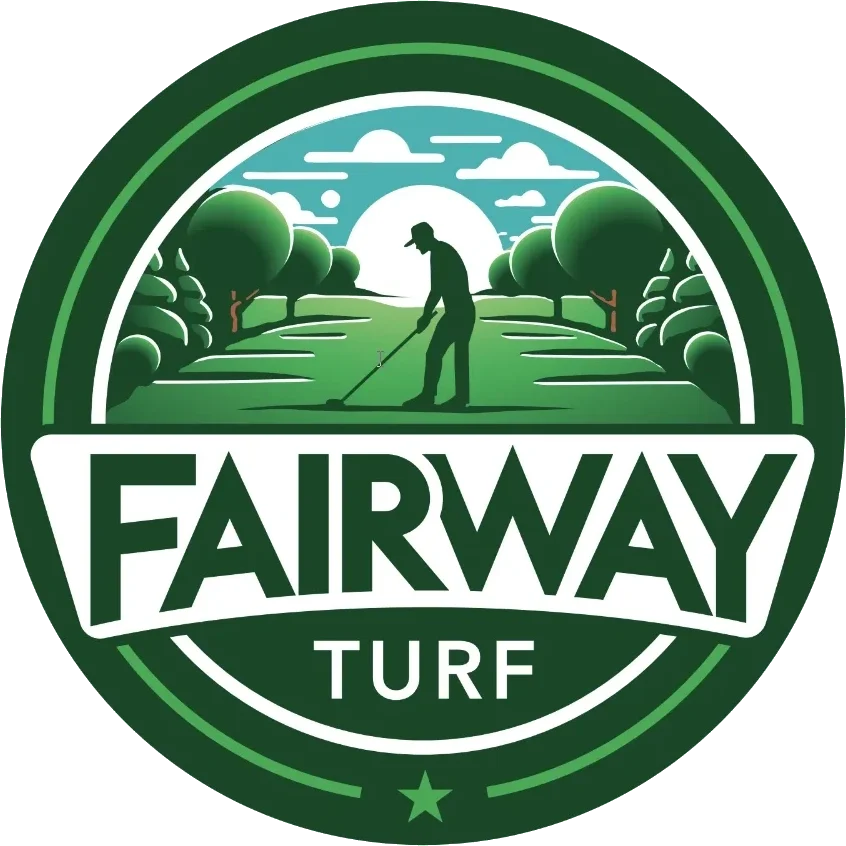
Artificial Turf Burn Risk Mitigation
The Dangers of Artificial Turf: Understanding and Preventing Reflective Light Burn
Artificial turf burn from windows has become a growing concern for property owners. While artificial turf offers many benefits, understanding artificial turf burn protection is crucial for maintaining your investment. Learn how to identify, prevent, and treat this common issue.

Artificial turf has become an increasingly popular choice for both homeowners and businesses, offering the lush look of a natural lawn without constant upkeep. However, artificial turf burn from windows is a significant challenge that can arise when the sun’s rays reflect off glass surfaces. This concentrated heat can cause severe artificial turf burn, potentially leading to melting and discoloration. In this comprehensive guide, we’ll explore artificial turf burn protection strategies and treatment options—helping you safeguard your investment and maintain a pristine, green lawn.
Understanding Artificial Turf Burn Damage
Artificial turf burn is the result of intense, focused heat on the turf’s surface. Energy-efficient windows, particularly Low-E windows, are designed to reflect sunlight to keep interiors cool. Unfortunately, this reflection can intensify the sun’s rays onto your turf, creating artificial turf burn from windows that can raise surface temperatures high enough to melt or deform the turf fibers. Early recognition of these signs is crucial for effective artificial turf burn treatment.
Common Causes of Artificial Turf Burn
Reflective Surfaces: While artificial turf burn from windows is most common, any reflective surface can create similar issues. Windows, especially Low-E or curved glass, can redirect sunlight and create intense hotspots on your turf. When positioned near other reflective surfaces like pools or patio covers, the risk of artificial turf burn increases significantly.
Sun Angle & Timing: Artificial turf burn damage is typically more severe during late morning to early afternoon when the sun is strongest and angles are most direct. Understanding these patterns is key to implementing effective artificial turf burn protection measures.
Comprehensive Artificial Turf Burn Protection Strategies

Window Solutions
The most effective artificial turf burn protection starts with your windows. Install window screens or specialized films like Reflect Defense Window Film, which we’ve successfully used to prevent artificial turf burn while maintaining natural light inside.

Landscaping Approaches
Introduce shrubs, trees, or other vegetation to create natural barriers against reflected sunlight. This not only protects your turf but enhances your property’s curb appeal.

Structural Solutions
Add awnings or shutters to shade your windows and prevent direct reflection. For long-term solutions, consider installing non-reflective windows during renovation projects.

Premium Turf Selection
Choose artificial turf engineered for higher temperature resistance like HeatMaxx. Fairway Turf & Greens offers these premium solutions designed to withstand extreme conditions and maintain their durability.

Maintenance Tips
A quick hose-down on hot days helps cool the turf’s surface and mitigate immediate burn risk. Regular monitoring of potential hotspots can prevent long-term damage.
Professional Assessment
Have experts evaluate your property’s specific needs and recommend targeted solutions for your unique situation.
Artificial Turf Burn Treatment Options
If your lawn has already experienced artificial turf burn damage, several treatment options are available:
- Immediate cooling and damage assessment
- Professional artificial turf burn treatment services
- Patch repair for severely damaged areas
- Installation of preventive measures to avoid future damage
Expert Artificial Turf Burn Protection with Fairway Turf & Greens
Our experienced team specializes in artificial turf burn treatment and prevention. We’re here to help you select the perfect turf for your environment and ensure that your green space stays beautiful, safe, and protected from artificial turf burn damage. Contact us today for professional guidance!
